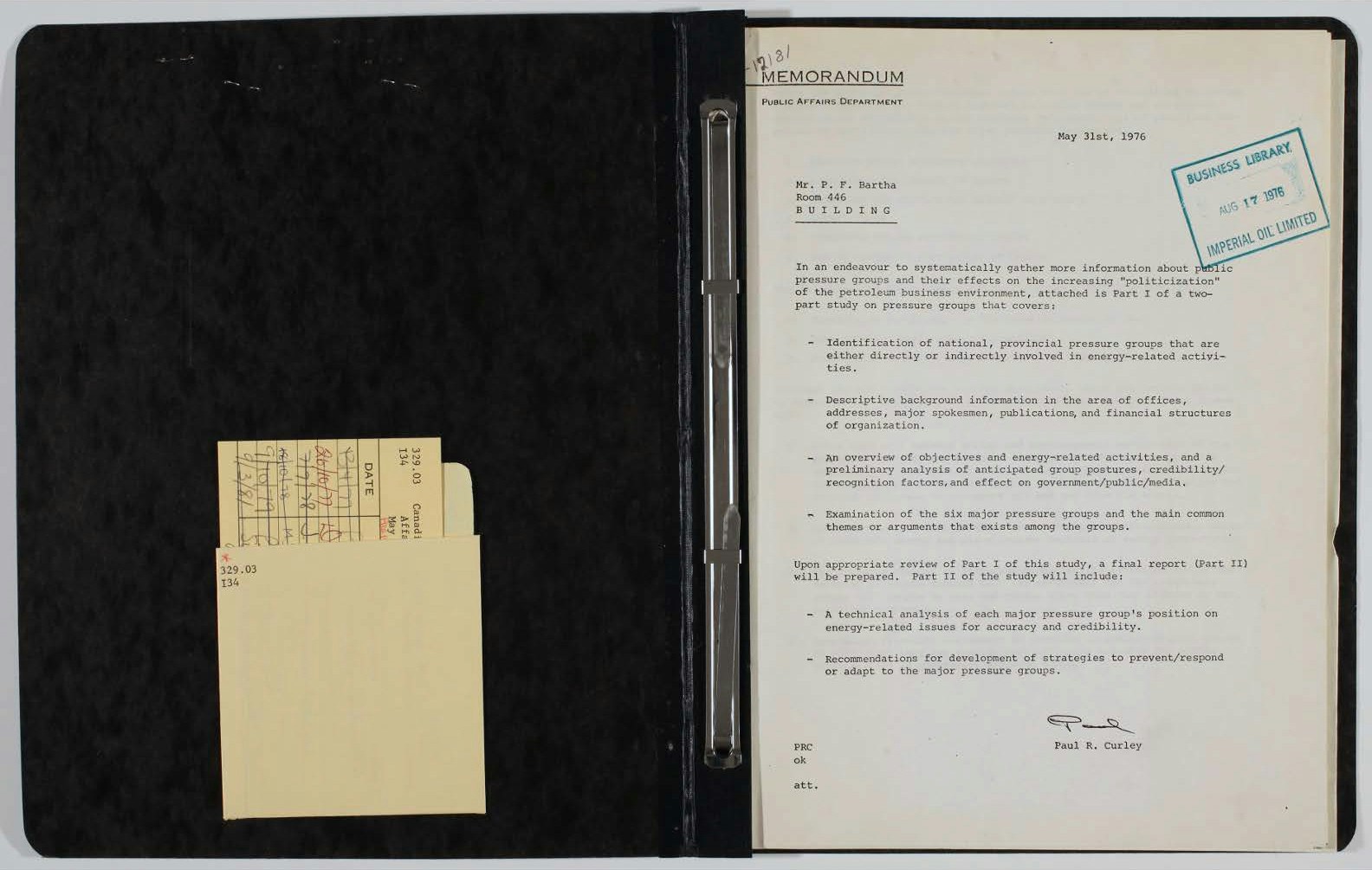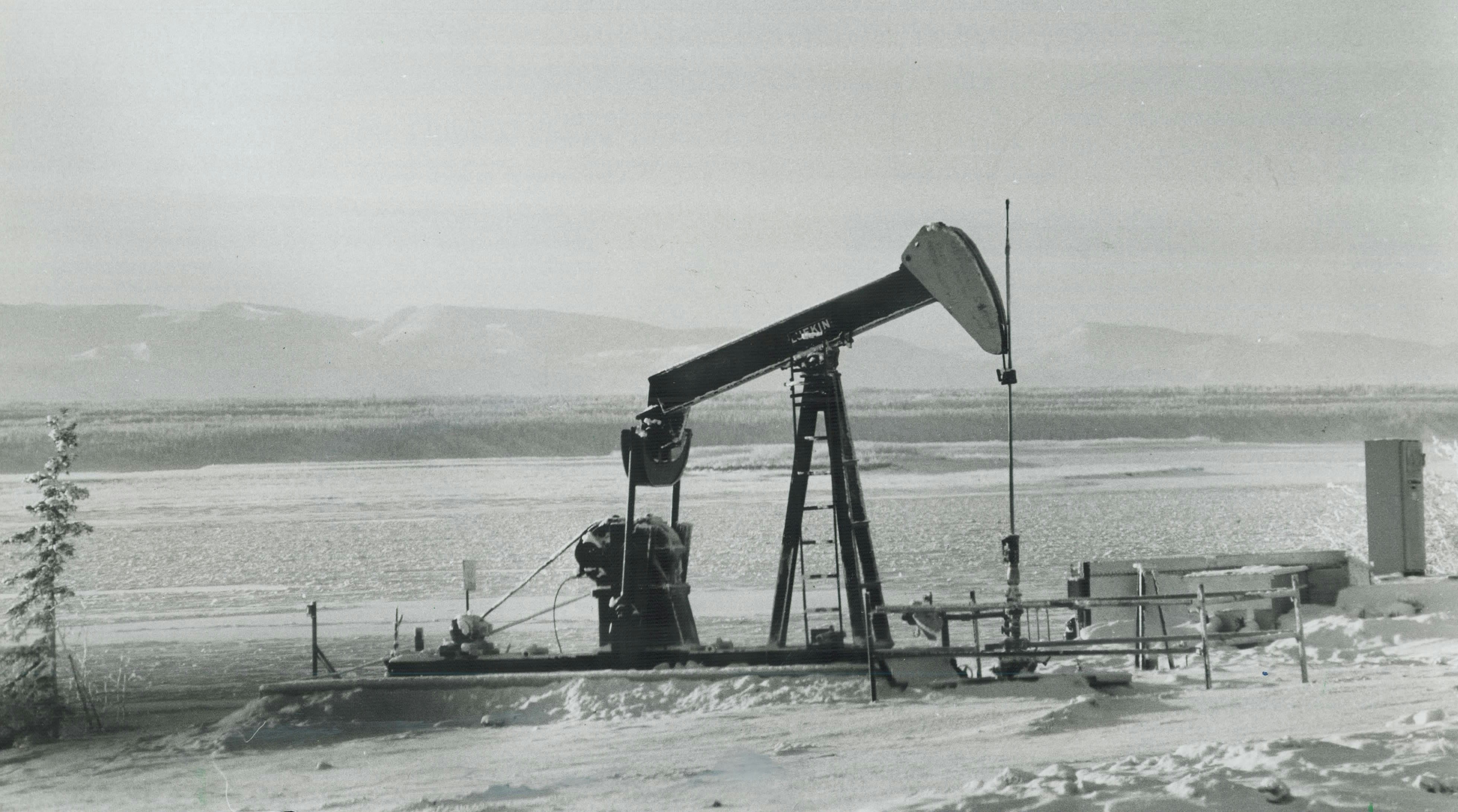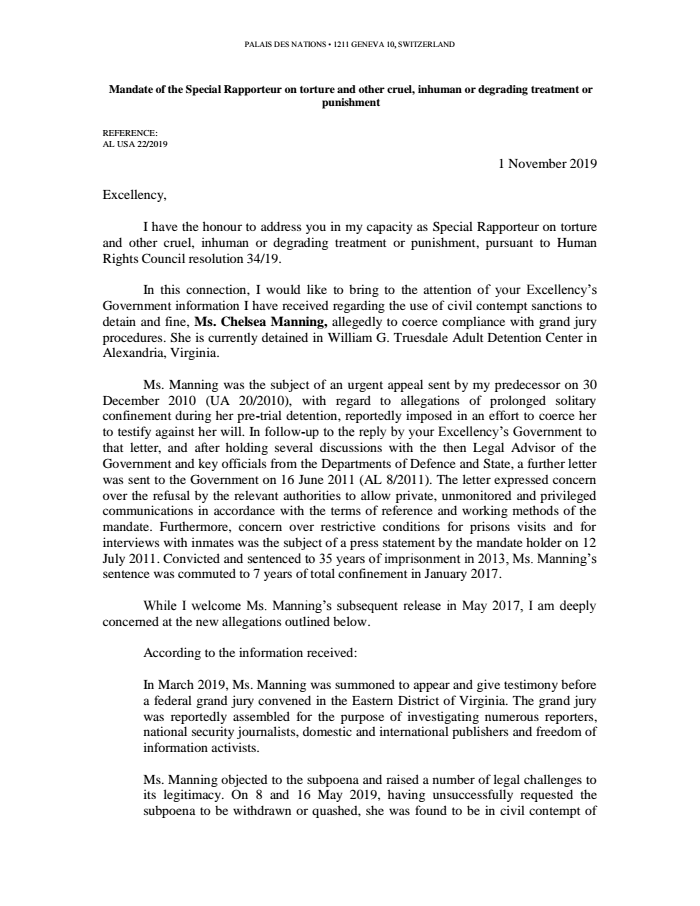At 93, Roger Corman Has No Intention of Retiring

Roger Corman is alive and well and up to his old tricks.
At 93, the prodigiously prolific director, producer and mini-major mogul has been in the business long enough to receive scores of lifetime achievement awards — he’ll be getting another one this week in Houston, courtesy of the Houston Film Critics Society — and solidify his status as equal parts living legend and eminence grise.
He has more than 400 films to his credit, including the no-budget B-movies (“Attack of the Crab Monsters,” “The Creature from the Haunted Sea”), darkly comical cult-faves (“Little Shop of Horrors,” “A Bucket of Blood”) and stylishly gothic Edgar Allen Poe adaptations (“House of Usher,” “The Pit and the Pendulum”) he made in the 1950s and ‘60s, and the dozens of films he produced for American-International and his own companies, New World and Concorde Pictures, that provided major career boosts for such up-and-comers as Martin Scorsese, Francis Coppola, Ron Howard, Peter Bogdanovich, James Cameron, Jonathan Demme, Gale Anne Hurd and on and on and on.
In 2009, the Motion Picture Academy’s Board of Governors voted to give Corman an honorary Oscar “for his unparalleled ability to nurture aspiring filmmakers by providing an environment that no film school could match.”
But Corman isn’t ready to rest on his laurels as creator and mentor. In fact, he’s too busy to do much resting at all. During the past year, he served as executive producer for the Chinese-Vietnamese co-production “Abduction,” a sci-fi action-adventure starring Scott Adkins and Andy On, and co-hosted — along with his wife, producer Julie Corman — “Cult-Tastic: Tales from the Trenches with Roger and Julie Corman,” a hugely entertaining and frankly revealing documentary series for Shout! Factory TV. More recently, he began pre-production for “Crime City,” a thriller that Corman cheerfully describes as a return to his B-movie roots, and will incorporate footage of devastation caused this year by Hurricane Dorian in the Bahamas. (What’s it all about? That’s hard to say — he’s still working on just how to make best use of that great footage.)
Speaking of the Bahamas: A few weeks ago, Corman attended the Bahamas International Film Festival to conduct mentoring sessions for novice screenwriters, and to introduce a special screening of “Abduction.” That’s where I was able to speak with him about his past, present and future in the word of indie filmmaking.
Would you advise every enterprising young filmmaker to be on the lookout for footage of disasters, natural or otherwise, to take advantage of?
It depends upon the filmmaker and what he wants to do. If he’s interested in doing that kind of film, by all means. And it doesn’t have to be a natural disaster or something like that. It can be anything that comes up in the headlines. I remember when the first Sputnik went up, I heard about it that night. At nine o’clock the next morning, I was in Steve Broidy’s office at Allied Artists. And I said, “Steve, if you can give me $80,000, I will have a picture about satellites ready to go into the theaters in 90 days.” And then he said, “What’s the story?” And I said, “I have no idea, but I will have the picture ready.” And he said, “Done.” And he gave me the money. And so we went off and made “War of the Satellites.”
Well, as you’ve often pointed out, the term “exploitation picture” originally was used to describe movies that “exploited” current events, timely issues. Like “The Trip” and “The Wild Angels,” two very successful films you directed in the 1960s. But there really aren’t many of those “ripped from the headlines” movies anymore, right?
That’s true. They were more common when medium- and low-budget pictures had full theatrical releases. So if you were aligned with a distribution company, you knew you would be in the theaters at a certain day and it would still be timely. Today there’s so much time spent in pre-production discussions, talking with the lawyers, one thing and another, and it slows you down. And if you’re not going into theaters, it goes on television, and it loses a little bit. Or streaming, whatever. To me, it loses a little bit of that impact you had by being in the theaters with the big ads on Friday.
Much has been written about your dollar-stretching and penny-pinching approach to indie filmmaking. Your ability to recycle sets, footage and even musical scores from movie to movie truly is the stuff of legend. How much do you think being a child of the Depression has shaped, not only your life, but your career?
I think it has shaped me and everyone else who grew up at that time. With the exception of, well, let’s say the top one percent, or something like that, everybody was affected by it. Now, my father had a job all the way through the Depression so we were not stuck for food, or anything like that. But nevertheless, my brother and I were vaguely aware that he might have moved up more, had it not been for the Depression. And we were aware of people around us. So it didn’t have an immediate effect upon us, but we were aware of everything that was happening around us at the time. And I think that affected our entire outlook towards life.
So when you got into making movies, the idea of “waste not, want not” obviously stuck with you. I mean there have been jokes about it — even you have joked about it — but there really were times when you simply said, “Well, if you’re going to have the sets up for another few days, why not make another movie?”
So when you got into making movies, the idea of “waste not, want not” obviously stuck with you. I mean there have been jokes about it — even you have joked about it — but there really were times when you simply said, “Well, if you’re going to have the sets up for another few days, why not make another movie?”
[Laughs] Yeah, exactly. Now, it might’ve been in my character anyway, but it was amplified by the Depression.
You were one of the first producers to fully grasp the profit potential of the home-video market — not only for theatrical releases, but made-for-video product. More recently, you have produced made-for-cable movies, and movies that are released simultaneously as streaming and theatrical fare. If a young Roger Corman were just starting out today, what platform do you think you’d concentrate on?
First, I would say it’s much more difficult today. When I started, any picture that had at least some reasonable merit to it got a full theatrical release. Today for medium- and low-budget pictures, it’s the exception for a picture to get a full theatrical release. Generally, the only ones that seem to be able to make that jump are what I might refer to as auteur-driven films. But for the majority of straight action films of one kind or another, it’s very difficult to get a theatrical release. And the home video market has slipped. That market is still there to a certain extent, so you shouldn’t discount it. But it can’t be counted on for a big payoff. Which leaves pretty much streaming. Netflix and the others, they’re looking for the home-run pictures. They do take an occasional lower-budget picture. But it’s difficult to find the right slot for that. So that end of the business has become much more difficult.
At the same time, wouldn’t you agree that, thanks to technological advances, it’s much easier to actually make movies cheaply than it was when you were starting out in the 1950s?
It’s easier to make a picture today than it ever was. We had big, heavy, bulky equipment. Big Mitchell cameras, big lights. I remember there was one light that was called the Brute. It was so big, it took two men to move this light around. Today you’ve got lightweight digital cameras. Sound is very lightweight. The lights, particularly with LED and everything, you can move faster, more efficiently and less expensively. You don’t have to pay a lab to develop your film and go through the answer print, the trial print and all of that. It’s done digitally. So, yes, the making of the film is easier and more efficient today as it ever was. But the distribution is more difficult, in my opinion, than it ever was. Because, as I say, with the occasional exception, you’re probably not going to get a theatrical release.
Of all the many films you’ve produced, it seems to me that “Death Race 2000” is the one that has best claim to being the gift that’s kept on giving. You made the original film back in 1975 for New World Pictures, then served as executive producer for the 2008 remake, “Death Race.” And then you were involved with three direct-to-video spinoffs that were prequels or sequels to the remake.
Right. Universal had the right to do the remake and the follow-up films. And two years ago, they wanted to make a final one. And I was talking to them, and I said, “You know, I think you missed some things that I thought were good in the original that you didn’t have.” They said, “Well, why don’t you make the fifth one?” So I made the fifth one — “Death Race 2050.” The budget was a little bit under $2 million, and it was clear from the start what was going to happen: It was going to go out on Universal DVD, and had been pre-sold to Netflix. But here’s the thing: I was out on one of those little publicity junkets that they generally put you on. There was a very nice young woman from the Universal publicity department. And some interviewer somewhere asked me, “What is the distribution plan on this?” And I said, “Well, this for me is a big-budget picture, but for Universal it’s a low-budget picture. So it’s not going out theatrically, it’s going out on DVD. And then after that it will be on Netflix.” And that’s when the publicist took me aside and said, “Roger, it’s going out on Netflix the same day it’s going out on DVD.” And I thought, this clearly diminishes the sales on DVD. Why would Universal do this? And the answer is, the power of Netflix. Because, in a rational world, you would at least give a DVD a month or something like that before going to streaming. But it’s clear streaming was the goal. The DVD was just a little icing on the cake because some people still like to have a hard copy of films.
Back when you were operating New World and Concorde, you produced a lot of saucy movies about oversexed strippers, nurses, and women in prison. At the same time, though, you were giving women opportunities to direct films a lot more often than the majors were.
Oh, yes. We had many women directors, producers and so forth. It wasn’t that I was favoring women, it was that I was finding the best person for the job. And it made no difference to me whether they were men or women. So, therefore assuming — which I think is correct — the qualities are roughly equal in both sexes, forget about the morality of it. In a more efficient world, women should be holding down about the same level of jobs on different areas as men. [Laughs] Of course, at the time you’re talking about, women weren’t being hired as much. So therefore, the pool of qualified women was greater than it would have been if hiring was equitable.
What can you tell us about “Crime City,” the film you’ll be producing here in the Bahamas?
I’m going to be using footage of the devastation caused by Hurricane Dorian. I found a cameraman who had flown a drone over the areas that were hit hardest. I looked at his footage and I thought, “I’ve never seen anything like this.” I mean, the devastation goes on and on and on. So I licensed the footage he shot from the drone, and then I hired him to go back and get me ground shots. So I’ve got the devastation covered from the air, from moving aerial shots, and from set shots on the ground. And I found out the schedule for when the Bahamian government is going to clear out the devastation. So we may be starting in March.
Do you have your script ready yet?
No. My problem is, I’ve started with just footage, and I wrote an outline in an afternoon. But you know what? It’s a little bit like fun again. I know I’ve got a deadline. I know all of this is there. But to be honest, I started it deliberately, because I’ve got a couple of projects that are going to take some time — they’re bigger-budget pictures to put together. Nothing I’m doing is on the ground right now. And I thought about this and I figured, “This is the way I started. It would be fun to go back and see if I can do at my age what I did when I was in my twenties.” So I’m doing “Crime City” partially to make a picture that will look very big in relationship to the budget, but also just to see if I can recreate the fun that we used to have. And, actually, the people I’m talking to who would be working with me — to them they’re all taking it the same way.
You’re 93 years old now, but you show little sign of slowing down. Do you have a secret formula for remaining spry and active?
Not really. It’s a combination of watching what you eat, and exercise. Also, it’s been shown that if your brain is working, solving problems and such, it actually enables your brain to stay functioning more than if you’re sitting at home watching television all day long. Jon Davison, who used to be my assistant, went on to produce “RoboCop” and “Airplane!” and other films. We were having lunch a little while ago in California, and he said, “I’ve decided to retire.” And I said, “Jon, I always saw you as a kid in the office. Now you’re telling me you’re retiring? If you’re retiring, maybe it’s time for me to retire.” And he said, “Roger, you’re too old to retire.” Maybe he’s right.
















